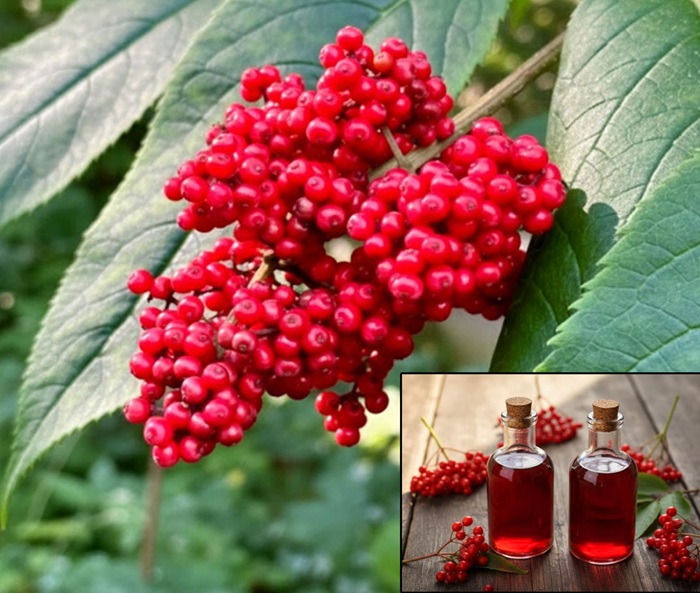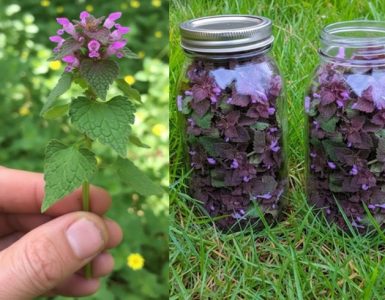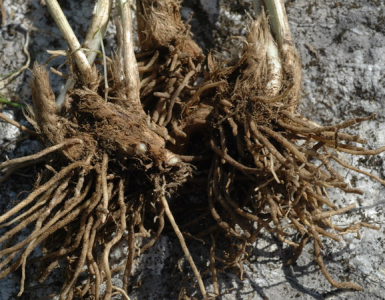Red elderberries (Sambucus racemosa) are often overlooked in favor of their more famous relatives, such as black elderberries. But in the wild, these bright red berries play an essential role in sustaining dozens of species. They are more than just a striking splash of color in forests and woodlands — they are a vital link in the ecosystem.
From birds to mammals and insects, red elderberries help support wildlife throughout the year, especially during the transition between spring and summer, when food sources can be limited.
This article explores why red elderberries matter, how wildlife depends on them, and their unique ecological value.
Red elderberry is a perennial shrub native to many parts of North America, Europe, and Asia. It grows in:
woodlands
forest edges
moist mountain slopes
shaded fields and riverbanks
The plant is easily recognizable by its:
clusters of bright red berries
creamy-white flower umbels
soft and deeply divided green leaves
While the raw berries are not typically consumed by humans due to their toxicity when uncooked, they are incredibly important for wildlife.
Red elderberries ripen earlier than many other forest fruits, making them invaluable to birds during late spring and early summer.
Species known to eat red elderberries include:
robins
waxwings
grosbeaks
thrushes
jays
woodpeckers
towhees
For many of these species, the berries provide:
energy during nesting season
important nutrients for migration preparation
hydration in warm months
Birds also help disperse the seeds, allowing the plant to spread naturally and regenerate forest areas.
Various mammals rely on red elderberries, especially:
black bears
deer
raccoons
foxes
small rodents
For bears in particular, red elderberries are a high-calorie seasonal food that helps them gain weight before winter.
Small mammals use the shrub as both a food and shelter source due to its dense growth.
Supporting Insects and Pollinators
Before the berries appear, the elderberry shrub produces clusters of small white flowers. These flowers attract:
bees
butterflies
hoverflies
beetles
The flowers provide nectar early in the season, helping pollinators thrive at a time when few other plants are blooming.
Why Red Elderberries Matter in the Ecosystem
Red elderberries are considered a keystone species in some environments, meaning that many other organisms rely on them directly or indirectly.
Their benefits include:
Early-season food for pollinators
Mid-season fruits for birds and mammals
Dense branches providing shelter and nesting sites
Soil stabilization in forest edges and slopes
Seed spreading through wildlife
Because of their ecological importance, conservationists often encourage the preservation or planting of red elderberries in natural landscapes.
Important Note About Human Consumption
Raw red elderberries, leaves, stems, and seeds contain compounds that can be toxic if eaten uncooked.
They are not recommended for fresh consumption by humans.
This article is for educational and ecological insight, not for recommending medicinal or dietary use.
Red elderberries may not be widely used in human cuisine, but they are irreplaceable in the natural world.
They nourish birds, mammals, and pollinators; help maintain healthy forests; and support biodiversity at multiple levels of the ecosystem.






Add comment